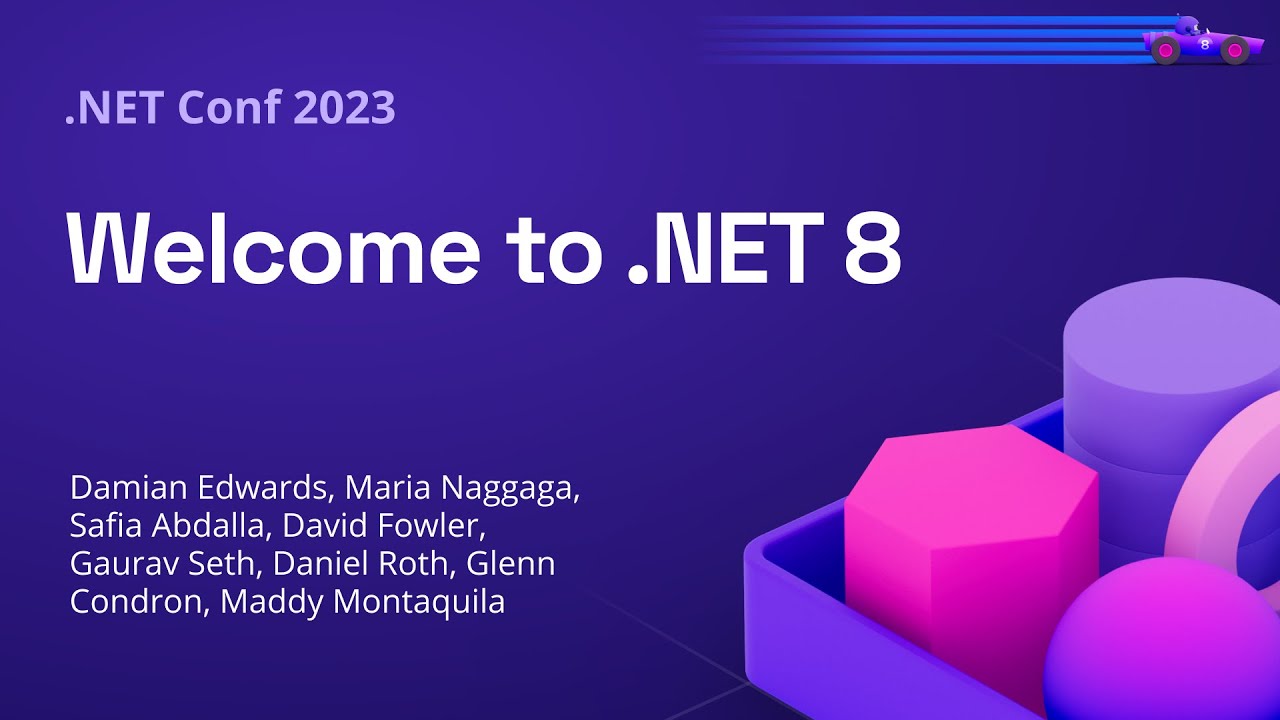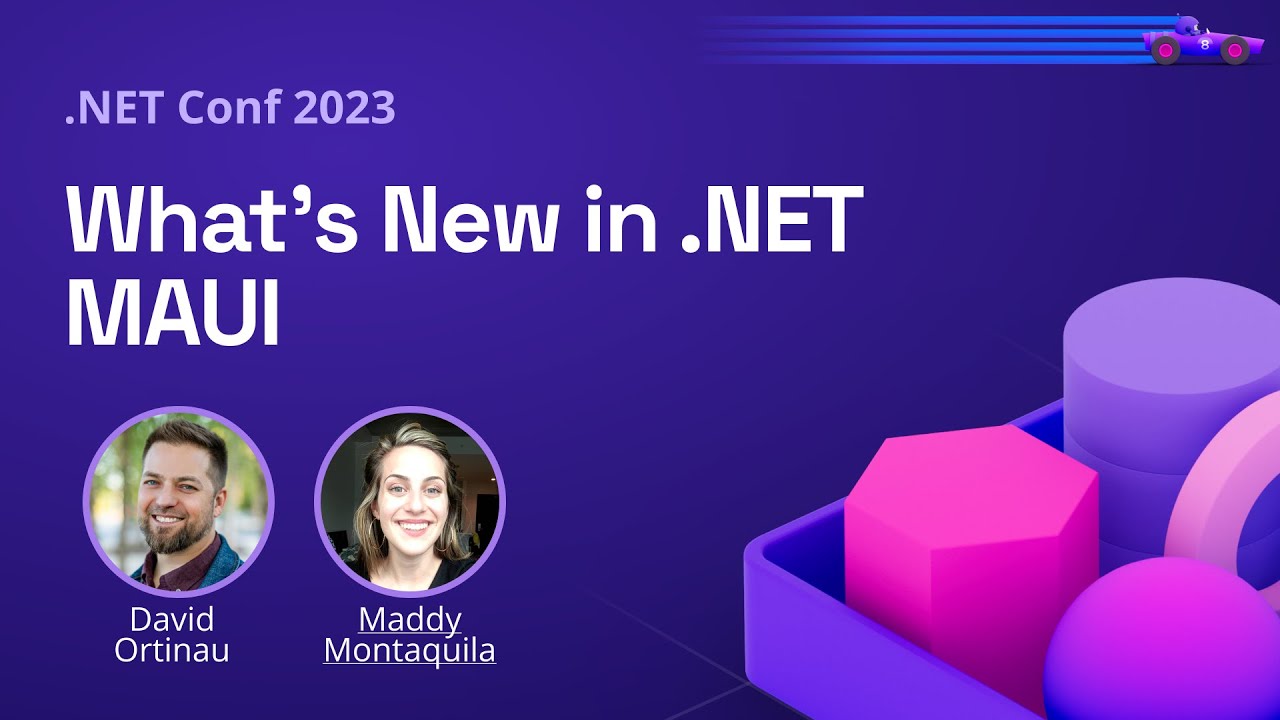Sands of MAUI: Issue #124

Welcome to the Sands of MAUI—newsletter-style issues dedicated to bringing together latest .NET MAUI content relevant to developers.
A particle of sand—tiny and innocuous. But put a lot of sand particles together and we have something big—a force to reckon with. It is the smallest grains of sand that often add up to form massive beaches, dunes and deserts.
Most .NET developers are excited with .NET Multi-platform App UI (.NET MAUI)—the evolution of modern .NET cross-platform developer experience. Going forward, developers will be empowered with the .NET MAUI technology stack and stable tooling to build native cross-platform apps for mobile/desktop from single shared codebase.
While it may take a long flight to reach the sands of MAUI island, developer excitement around .NET MAUI is quite palpable with all the created content. Like the grains of sand, every piece of news/article/documentation/video/tutorial/livestream contributes towards developer knowledge in .NET MAUI and we grow a community/ecosystem willing to learn and help.
Sands of MAUI is a humble attempt to collect all the .NET MAUI awesomeness in one place. Here's what is noteworthy for the week of November 20, 2023:
Welcome to .NET 8
The next big milestone for .NET is here with .NET 8—complete with the Long Term Support (LTS) badge. .NET 8 is the newest release of the popular open source and cross-platform development platform that powers millions of apps across the web, mobile, desktop, gaming, IoT and more. Developers can take advantage of latest framework updates, expressive programming languages, mature tooling and rich ecosystems—it's a good time to be a .NET developer.
The annual .NET release also coincided with the biggest .NET developer virtual event of the year—.NET Conf was scheduled for November 14-16. As is the norm, .NET Conf opened with a wonderful keynote involving many folks with various .NET teams—welcome to .NET 8.
The keynote started with .NET's growing popularity, adoption and investments in developer productivity. The performance tuning work in .NET 8 has been very impressive—the benchmark numbers represent solid engineering. The keynote featured several focus areas all strung together by a polished eShop sample app, namely Full stack web development, client development with .NET MAUI and integrating AI in .NET.
Modern .NET enables cloud native development and the new .NET Aspire orchestrator provides tooling that brings variety of apps/target platforms together for developers. It's onwards and upwards with latest .NET 8 release, and developers are well equipped for success with modern .NET.

.NET MAUI for .NET 8
.NET MAUI is built to enable .NET developers to create cross-platform apps for Android, iOS, macOS and Windows, with deep native integrations, platform-native UI, and hybrid experiences that extend the reach of Blazor/JS web UI technologies. The third major release of .NET MAUI in the past 18 months is now out and David Ortinau wrote up the announcement—say hello to .NET MAUI in .NET 8.
In addition to all the enhancements in the .NET SDK/runtime, the .NET MAUI team labored with extreme focus on .NET 8 to fix high impact bugs, isolate and resolve memory leaks, improve the accuracy and reliability of hot reload, ease the path for customers upgrading from Xamarin, retain and improve performance at startup and runtime, and so much more. Mobile platforms are given from the Xamarin background, but the latest .NET MAUI release brings a plethora of desktop-facing features supporting mouse-keyboard interactions, like keyboard accelerators, pointer gesture enhancements, drag and drop improvements and much more.
Latest .NET MAUI framework is mature, tooling is stable and ecosystem is rich—there are no barriers keeping .NET developers from making next-generation cross-platform native mobile/desktop apps with .NET MAUI.

What's New in .NET MAUI
.NET MAUI is the evolution of modern .NET cross-platform development stack, allowing developers to reach mobile and desktop form factors from single shared codebase. While .NET MAUI started with .NET 6 runtime, the framework and associated tooling were all grown up with .NET 7. Moving forward, a lot of engineering efforts have gone in for the next milestone—.NET MAUI is now GA ready for .NET 8.
The usual team of David Ortinau and Maddy Montaquila took the stage at .NET Conf to recap all the things—what's new with .NET MAUI in .NET 8.
The dominant theme of .NET MAUI work in .NET 8 is quality—increased stability can be seen everywhere from framework to platform implementations, all with better tooling. David and Maddy started off with developer adoption and momentum .NET MAUI has been enjoying—sheer number of issues closed and community pull requests in .NET 8 release should be something to be proud of.
The duo talked through all the enhancements in .NET MAUI for .NET 8, like better memory management, desktop keyboard support improvements, UI control functionality and enabling Blazor/MAUI Hybrid apps—all contributing towards developer flexibility and confidence. With real-world showcase of modern developer experience in Visual Studio/VS Code, the .NET MAUI message should be clear—modern .NET cross-platform development stack is mature and welcoming.

Telerik Tooling for .NET 8
It's November 2023, and .NET 8 LTS is here. Progress Telerik has a long history of making .NET developers more productive, and as expected, Telerik developer toolbox is all ready with Day 0 support for .NET 8. There is a lot of goodness across cross-platform app development, native desktop development and other workflows, and Rossitza Fakalieva wrote up a post—say hello to Telerik UI and tooling for .NET 8.
Telerik UI for .NET MAUI has followed the .NET MAUI journey from early days, and glad to support .NET 7 and .NET 8 runtimes. Support for .NET 6 is reaching an end though, with an easy path for developers to upgrade to .NET 7/8—it's the best way to benefit from all the .NET MAUI engineering and performance improvements.
Telerik stands by developers supporting Xamarin apps, but latest upgrade assistant tooling makes things much easier to move forward to .NET MAUI. Telerik UI for .NET MAUI mirrors .NET MAUI's efforts to enable more professional desktop development, with keyboard support for DataGrid, and complex UI components like Scheduler or NavigationView. For developers building traditional desktop apps, Telerik UI for Winforms, WPF or WinUI continue to provide latest UI ammunition with .NET 8 runtime, while Reporting, Testing and other productivity tools enable enterprise workflows.
Telerik continues to be the trusted developer tooling partner with latest support for .NET 8—cheers to developer success.

Hybrid Apps with .NET MAUI
.NET MAUI is squarely meant for developers to build native mobile/desktop apps—however, armed with modern smart WebViews, .NET MAUI is more than capable to welcome web content to native land. In fact, Blazor/JavaScript developers should feel empowered to bring web UI components, routing, styling and more to native cross-platform .NET MAUI apps, while gaining complete native platform API access.
The promise to mix web technologies with native development stack is certainly nice, and Beth Massi and Eilon Lipton teamed up for .NET Conf session to drive home the point—build hybrid apps with .NET MAUI.
The duo started out with a refresher on .NET MAUI and Blazor Hybrid apps—the ease of welcoming Blazor developers to native mobile/desktop world should be well-established by now. Beth and Eilon had some cool demos to show off as to how developers can reuse web UI content to power native experiences, with full platform API access. But why stop at Blazor when JavaScript web developers can also be welcomed to .NET MAUI land? With the experimental HybridWebView for .NET MAUI, developers have a more flexible WebView to host web content inside .NET MAUI apps.
The real benefit with HybridWebView is easy communication between the code running inside the WebView with the WebView host—yes, .NET and JS can freely talk to each other. Eilon showed off the classic ReactJS To-Do web app running inside a cross-platform .NET MAUI native app, with easy communication with backend .NET—developers now have a lot of flexibility to mix and match native UI with web UI for seamless code sharing.

That's it for now.
We'll see you next week with more awesome content relevant to .NET MAUI.
Cheers, developers!

Sam Basu
Sam Basu is a technologist, author, speaker, Microsoft MVP and gadget lover. With a long developer background, he also worked as a Developer Advocacy Manager for advocating modern web/mobile/cloud development platforms on Microsoft/Telerik/Kendo UI technology stacks. His spare times call for travel, fast cars, cricket and culinary adventures with the family.

